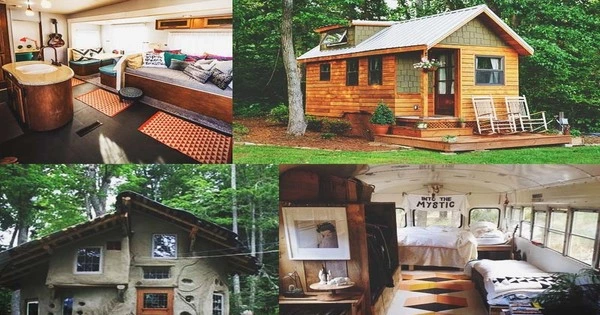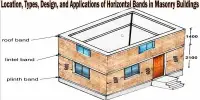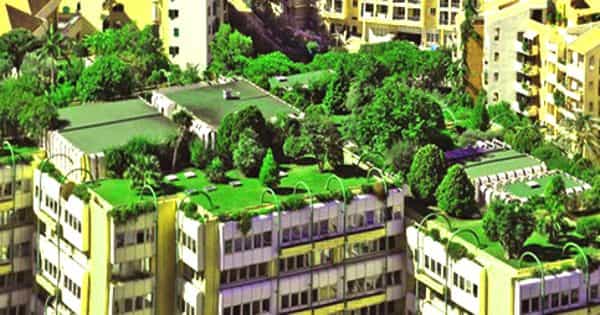Alternative housing refers to dwelling structures that are built or designed outside of the mainstream norm, such as townhouses, single-family homes, and apartment complexes. Tiny houses, dome homes, pyramid-shaped houses, earth-sheltered homes, residential tree houses, abandoned factories and hospitals, and even up-cycled vans or buses are examples of modern alternative housing. Destitution or a lack of resources to buy or rent a typical home can motivate people to build alternative homes, which can include improvised shacks in shantytowns, buses, cars, and tent-like structures.
Alternative housing refers to non-traditional housing options that differ from traditional single-family homes or apartment complexes. These alternative housing options frequently place a premium on sustainability, affordability, mobility, and innovative design. Following are some examples of alternative housing:
- Tiny Houses: These are small, compact houses ranging in size from 100 to 400 square feet. They are intended to maximize space efficiency while providing the necessities for comfortable living. Tiny houses are frequently designed with innovative storage solutions and can be built on wheels for greater mobility.
- Shipping Container Homes: These homes, built from repurposed shipping containers, provide a unique and environmentally friendly housing option. Shipping containers are long-lasting, easily accessible, and can be transformed into comfortable living spaces. They can be stacked or joined to form larger homes or multi-unit structures.
- Earthbag Homes: Filling bags with soil or other natural materials and stacking them to create walls is what earthbag construction is all about. This method is inexpensive, eco-friendly, and provides excellent insulation. Earthbag homes are frequently used in environmentally friendly and sustainable housing projects.
- Yurts: Nomadic cultures have used these portable, circular dwellings for centuries. Yurts are typically made up of a collapsible wooden frame that is covered in fabric. They are lightweight, simple to assemble, and can be disassembled and relocated.
- Co-housing Communities: Co-housing involves a group of people coming together to create a community where they have private living spaces but share common areas and facilities. This setup encourages social interaction, resource sharing, and a sense of community.
- Houseboats: Living on water can be an exciting alternative housing option. Houseboats are floating homes that can be stationary or mobile, depending on local regulations. They offer a unique lifestyle, allowing residents to enjoy waterfront living while being more environmentally friendly than traditional homes.
While living in an alternative house may be less expensive than in a traditional home, the initial investment may be substantial. Alternative housing is more common in the twenty-first century than at any other time in history, providing more functionality as well as an unconventional living arrangement to many. Depending on the structure, alternative housing can be as small as 500 square feet (46 m2) or as large as 5,000 square feet (460 m2). Alternative housing, like common housing, usually includes a space for cooking, sleeping, bathing, and living.
















